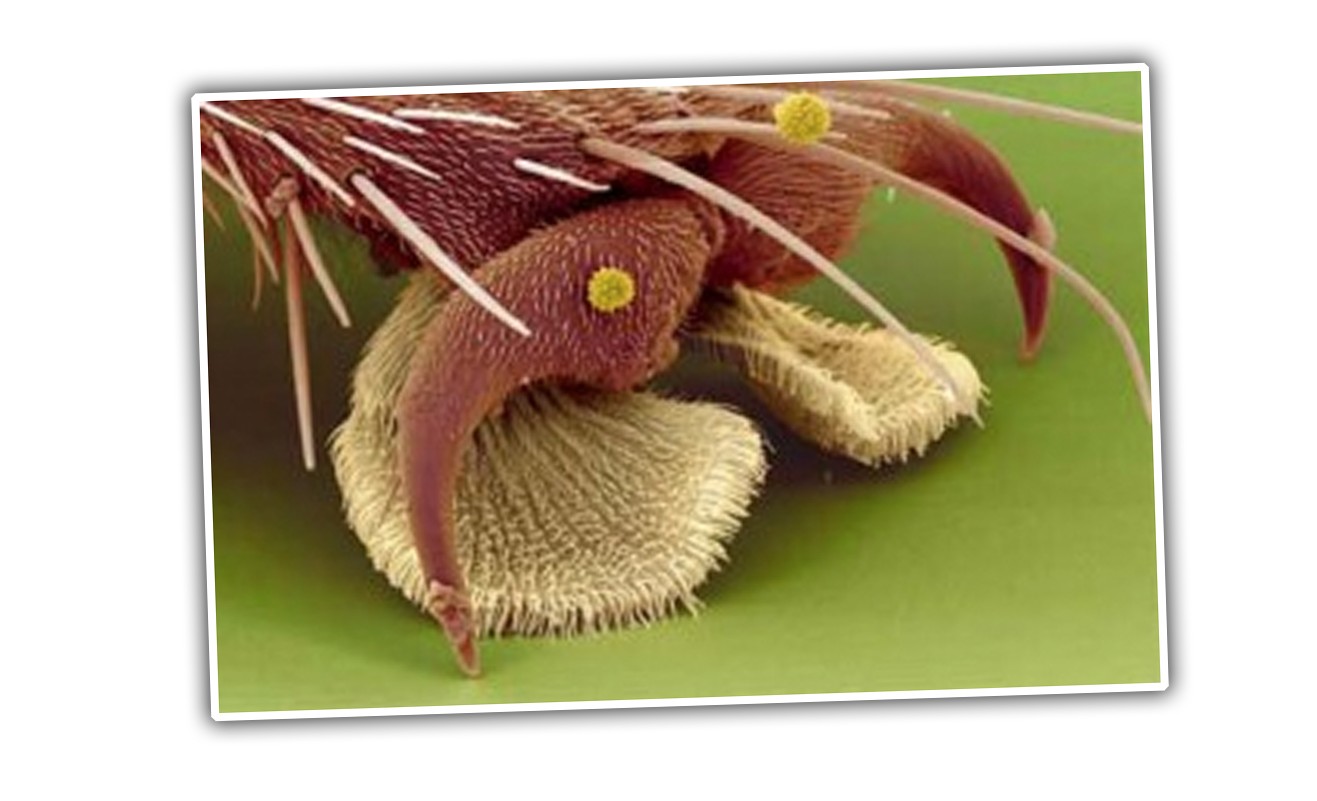It’s a scenario many drivers are familiar with. You’re cruising down the road, enjoying your drive, when suddenly, a fly starts buzzing around inside your car. Annoying, right? Your immediate instinct might be to wind down the window to liberate yourself from this tiny, winged passenger. But have you ever paused to consider what happens to that fly once it’s ejected into the rush of highway-speed air? It’s a question that might seem whimsical, yet it touches upon the fascinating resilience of nature and the forces at play in our everyday driving experiences.
The Annoyance of Car Flies
Flies inside a car are more than just a minor irritation. They can be distracting, buzzing around your head, landing on the dashboard, or even daringly hovering near your face. Trying to concentrate on driving while a fly is performing aerial acrobatics in your personal space can be genuinely disruptive. So, naturally, the thought of “How To Get Flies Out Of Car” crosses every driver’s mind at some point. Opening a window seems like the most straightforward solution.
The Highway Ejection Scenario
Picture this: you’re driving at 70 mph (or even faster), and you decide it’s time for the fly to leave. You roll down your window, creating an escape route. Eventually, the fly, drawn by the change in air currents or simply by chance, makes its way towards the opening and exits your vehicle. At this moment, the fly, accustomed to the relatively calm environment inside your car, is suddenly thrust into a powerful headwind equivalent to your car’s speed.
Initial Concerns: Will the Fly Survive?
Our human intuition might lead us to believe that this sudden encounter with high-speed air is catastrophic for the fly. Imagine a tiny insect, delicately constructed, being bombarded by a wall of air moving at highway velocity. Will its wings tear? Will its fragile body be ripped apart? It’s a somewhat gruesome image, and you might feel a twinge of guilt wondering if you’ve just sentenced that fly to a violent, airborne demise. This concern is understandable; after all, we know that even small changes in air pressure can significantly affect light objects.
Consulting the Expert: Entomology Insights
To get to the bottom of this, and to quell any lingering guilt about potential fly-related vehicular manslaughter, it’s best to turn to an expert. We reached out to Dr. Wes Watson, a Professor of Entomology at NC State University, to shed light on the fate of flies ejected from cars at speed. Entomology is the branch of zoology concerned with the study of insects, giving Dr. Watson the precise expertise needed to answer this question authoritatively.
Flies are Resilient Survivors
The answer, surprisingly, is reassuring. “They’ll survive,” Dr. Watson stated with confidence. He explained that flies are far more robust than we typically give them credit for. In fact, these tiny creatures are built to withstand incredibly strong winds. Dr. Watson mentioned that he has observed flies surviving hurricanes and tornadoes with wind speeds reaching up to 100 mph. As long as the fly doesn’t collide with a solid object upon ejection, the sheer force of the wind itself is unlikely to cause significant harm.
 Electron microscope image of a fly foot showing tenent setae for grip, optimized for car fly context
Electron microscope image of a fly foot showing tenent setae for grip, optimized for car fly context
This resilience comes down to fly anatomy and the physics of airflow at a small scale. Their bodies are lightweight and aerodynamic in their own way. The density of air itself cushions the impact, somewhat like how a feather falls slowly in air compared to a vacuum. The wind resistance that feels forceful to us is a different experience for a tiny, streamlined fly.
Fly Wing Durability and Foot Grip
Dr. Watson further elaborated on the durability of flies by pointing out their wings and feet. Fly wings are anchored strongly to their bodies and are designed to flex and withstand considerable stress during flight. Interestingly, the wear and tear on a fly is most evident at the edges of their wings. Older flies will have fragmented and frayed wing edges, a testament to the mileage they clock in their short lives (around two weeks in the wild, possibly up to a month in captivity).
Furthermore, flies possess incredible grip thanks to structures on their feet called tenent setae. These are tiny, fuzzy pads covered in numerous bristles, providing a massive surface area for adhesion. This allows flies to grip even smooth surfaces like glass, explaining how they can so easily navigate your car’s windshield or windows. The prominent claws on their feet aren’t primarily for gripping but rather for prying off those incredibly sticky footpads, demonstrating a sophisticated and robust design at a microscopic level.
Conclusion: Drive On Without Fly Guilt
So, the next time you’re wondering “how to get flies out of car” and you opt for the window-down method, you can do so without any worry about the fly’s well-being. These insects are surprisingly well-equipped to handle the sudden gust of wind as they exit your vehicle. They are built to withstand forces that might seem extreme from our human perspective. Therefore, you can continue to enjoy your drives, fly-free, and guilt-free, knowing that your tiny ejected passenger is likely to buzz along and continue its fly life, perhaps a little disoriented, but perfectly fine.